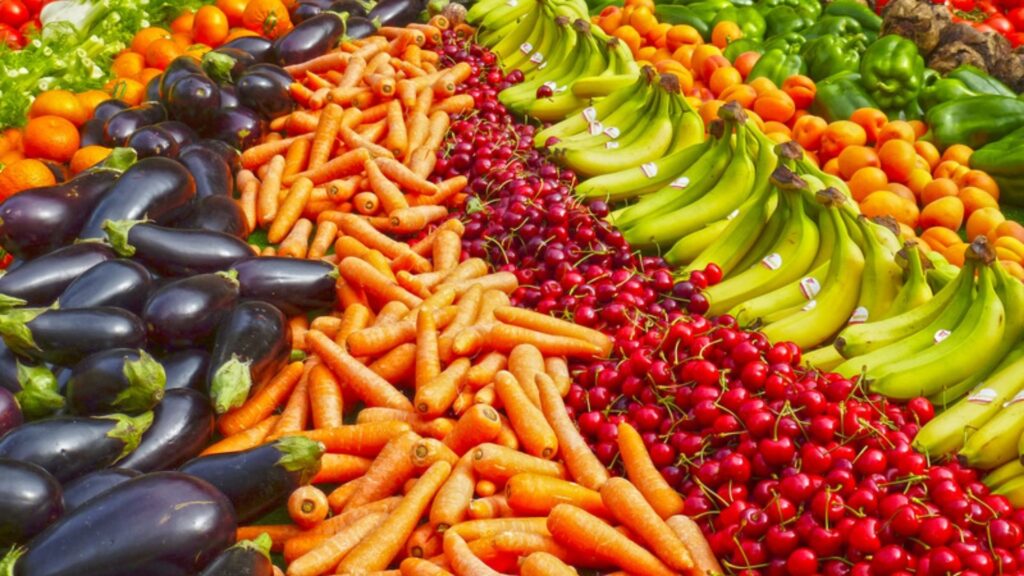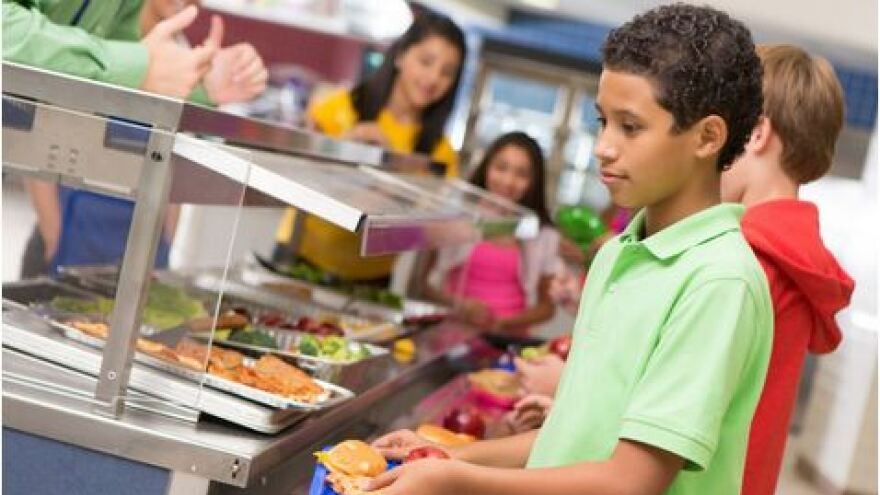California Schools Meals Aren’t Just Free, They’re Healthier As Well
California school meals are not just now free to all students, but they are also being served under healthier, nutritious guidelines.

Food insecurity has increased since the pandemic. Most areas experienced strict lockdown measures and American wealth has shifted. The poverty rate for the working class jumped by eight million, and masses of community-based small businesses closed for good, while big businesses like Amazon and Walmart increased their profits and were the least generous to their employees. In order to combat this transfer of wealth, and ensure that students are properly fed, California school meals are giving students free taxpayer-funded foods that provide healthier options than most other schools.
The state is combining federal and local funding to provide more nutritious options. School lunches have been a serious topic of concern for decades. From declaring pizza as a vegetable, to serving students spoiled foods or even mixing up floor sealant and milk, school meals have been due for an overhaul for years but lawmakers cannot agree on how to do so. Instead of waiting for the Department of Education to take charge, California school meals are being improved by local officials.
At the Los Angeles Unified school district students are enjoying organic cheeseburgers, glazed carrots, and egg white breakfast wraps. These options offer healthier choices. Included in new menu items are also smoothies, fruit bowls, and yogurt. These are simple menu items that do not require many ingredients and are often acquired at any grocery store at reasonable rates. For years now, parents have been asking how so many districts have failed to update their menus, and this issue is being magnified as the California school meals now consist of simple dishes that are easily obtained.
Despite praise for the California school meal changes, the state has experienced one of the largest enrollment drops in the country. As they have received masses of COVID relief funds and are still operating, the lack of enrolled students may be contributing to funding. If less students are being served and the budget has yet to be decreased, then districts will have more funding to pump into school lunch programs. This is a smart move to also promote the state’s education system and attempt to draw families back in.
Many parents are concerned about the foods that public schools are serving and that influences their choice to seek alternative education options. The new California school meal plan is likely to appeal to them, but is it sustainable? For now, it is costing the state over $700 million, that’s including $54 million in supplemental state meal reimbursements for the 2021-2022 school year. California already has some of the highest taxes in the nation, they even have a 33% tax for buying fruit from a vending machine. This spells more tax hikes for long-term implementation of this new program.
The high cost of living is one of the main reasons that the state lost residents during the pandemic. Families could no longer afford the state’s extensive taxes, which fund their “free” lunch programs and other state initiatives. Whenever a government-run entity approves a “free” program, it is funded by the people. California school meals are healthier, and that is a step in the right direction, and they may be free for students, but the people are paying for them whether they can afford the bill or not.

The California school meal updates are not the only “free” taxpayer-funded school lunch offerings. In Main and Vermont, similar programs have been developed. While this may help some struggling families, it creates a cycle of dependence. Many parents concerned about the costs and the risks are now asking: When did it become the government’s job to feed everyone instead of allowing them to feed themselves?



